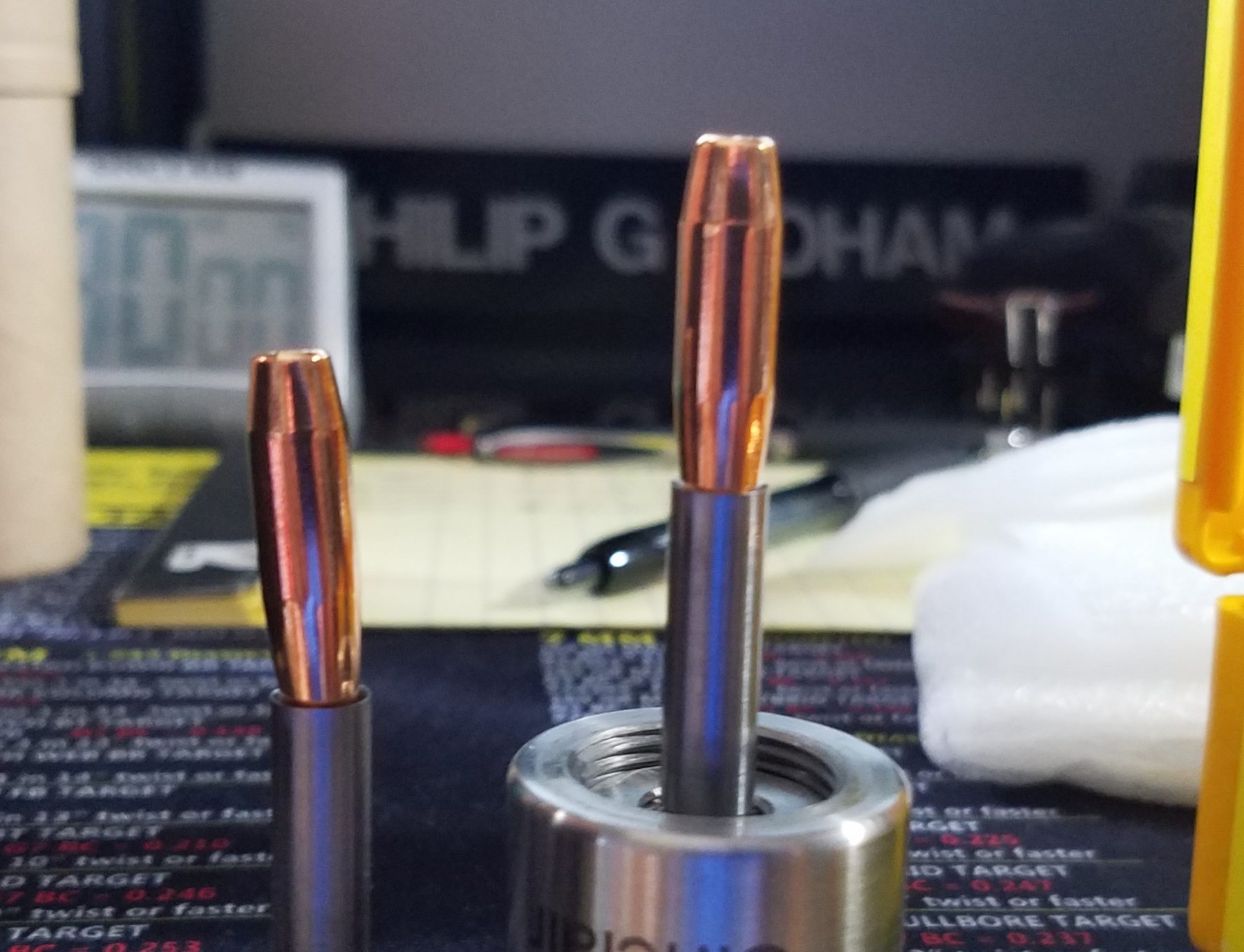What could be the possible reasons for the variations in CBOL (ogive) length.
Considering that the total case length is the same, the projectile base to ogive length has been sorted to be the same, but yet after seating the bullet, there's variations in base to ogive length from cartridge to cartridge.
Using a Lee turrent press as single stage, but I do ensure that the cases are going as up in the die as possible, to remove any wiggle room there.
Thank you
Various things will effect your CBTO (Cartridge Base to Ogive) measurement:
1. There are variations in bullet's BTO dimensions within a particular lot; more so with some brands of bullets than others, and always between lots of bullets. This is why some reloaders will sort their bullets to get better uniformity.
2. Variation in the neck tension results in variation in seating depth, which makes the CBTO measurement vary, of course. That variation in neck tension can come due to variations in neck wall thickness and/or variations in hardness of the neck walls due to work hardening the sizing process does to them.
3. Variation in the interference between the bullet and the interior of the neck wall (some may have more friction than others, even if the "neck tension" is the same). Depending on how case necks are cleaned and/or lubed, this can mitigate this kind of variance.
4. Play in the linkage of the press that's doing the seating can induce variance in seating depth.
5. Difference between where your comparator touches the ogive and where the bullet seating pin touches the ogive can vary, which will contribute to producing differences in CBTO.
Some of these things will have minimal effect and other can have great effect. All together, they can produce substantial differences. How little difference you want will dictate how you much attention you give any of these.


